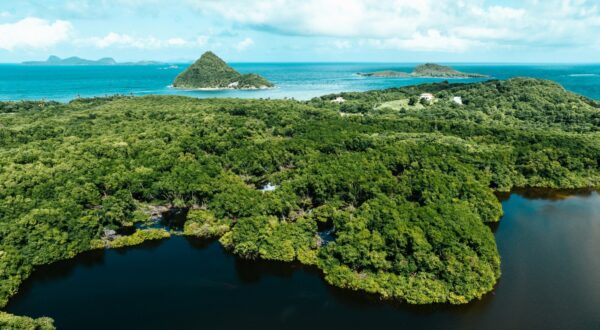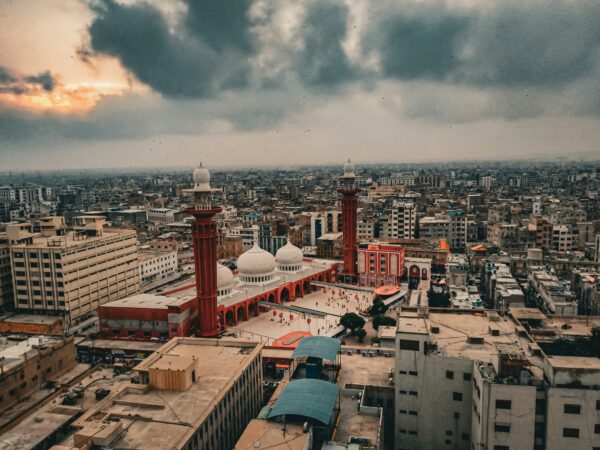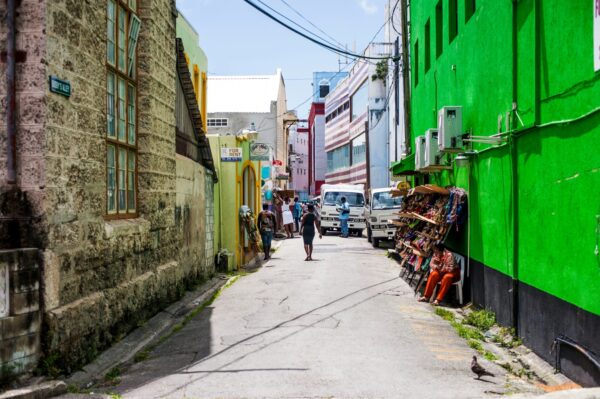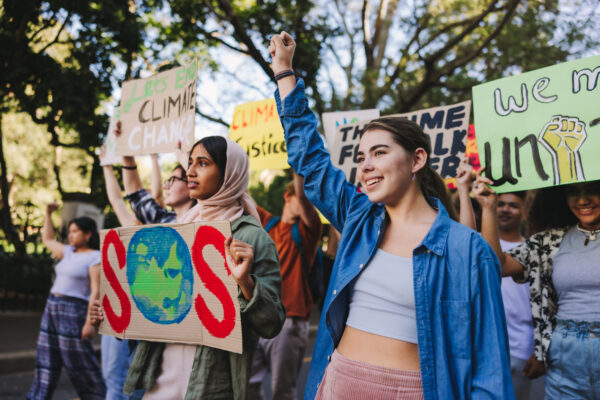Why 2024 needs to deliver on climate finance for South Asia and the world
To get climate action on track, 2024 needs to be the year we get moving on finance. We take a look at the current climate finance needs of South Asia and what to expect in the year ahead.
Share
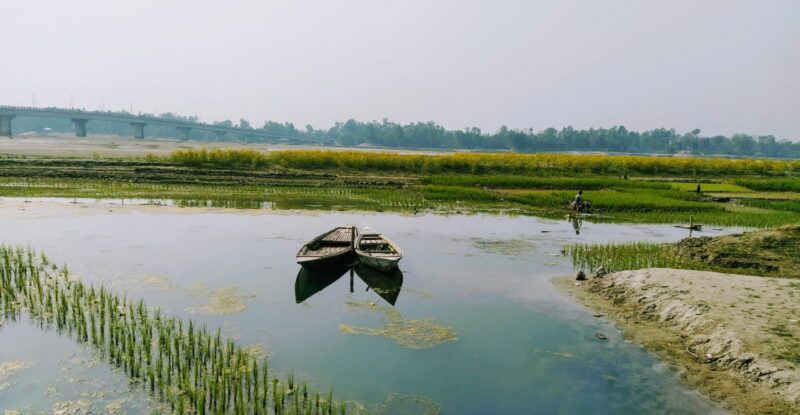
At COP28 it was clear that without finance the whole international climate process could come unstuck. To get climate action on track, 2024 needs to be the year we get moving on finance.
With a new finance goal to meet the needs of developing countries expected at COP29, we take a look at the current state of play, the climate finance needs of a key region for climate action – South Asia – and what to expect in the year ahead.
Limited progress on finance at COP28
Despite the Loss and Damage Fund getting the go-ahead on day one of the climate talks in Dubai and receiving $792 million in pledges, the overall COP outcome on finance was barely satisfactory. The talks recognised that current climate finance is insufficient, but failed to provide clarity on how to address the escalating costs of the climate crises.
The Adaptation Fund didn’t even get two thirds of the way to its $300 million mobilisation target in 2023, receiving pledges of just $187.74 million. There was also weak follow-up on the Glasgow decision two years ago to double adaptation finance by 2025. Despite widespread recognition that we need to go beyond doubling, discussions merely led to the Standing Committee on Finance being asked to prepare a report.
While a record-breaking $85 billion has been committed since the talks, the lack of detail, repackaging of old announcements, and substantial share of private finance makes unpacking the true impact of such pledges challenging.
South Asia’s widening climate finance gap
The 2021 UNFCCC Standing Committee on Finance report finds 78 countries included costed needs in their Nationally Determined Contributions (NDCs). These totalled around $5.8-5.9 trillion up until 2030, or around $600 billion a year (over 80% of which was earmarked to come from international sources). The UNEP Adaptation Gap Report 2023 estimates annual adaptation finance needs alone range from $215-387 billion until 2030.
Just ahead of COP28, the OECD announced that the overdue $100 billion a year climate finance target may have finally been met (this is yet to be verified). Considering the above finance needs, there is clearly a growing gulf between the needs of developing countries and the provision of international support.
In South Asia, the national climate plans of Afghanistan, Bangladesh, Bhutan, India, Maldives, Nepal, Pakistan, and Sri Lanka tell a similar finance story. Delivering the mitigation actions in their NDCs would cost around $1,158 billion, while meeting their NAP adaptation targets would cost approximately $600 billion – a total of $1,758 billion out to 2030.
These estimates don’t capture the entire needs of each country. Most haven’t done a full assessment of their finance needs, and some haven’t factored in all climate finance related costs in their NDCs and NAPs, including:
- Pakistan, where the total investment needs for a comprehensive response to the country’s climate and development challenges is estimated at around $348 billion between 2023 and 2030 – or 10.7% of cumulative GDP
- India, where $293 billion would be needed to meet the country’s renewable energy goal of 500 GW of installed capacity between 2023 and 2030
- Bangladesh, where the implementation of the Mujib Climate Prosperity Plan would require investment of $89.72 billion
Based on our estimates of the partial costs included in their NDCs and NAPs, these eight South Asian nations would need roughly $200 billion per year out to 2030 at the current monetary value and the present level of warming. This does not include the increasing costs of loss and damage caused by devastating floods, landslides and droughts faced by this region every year.
Yet, according to AidAtlas, these countries received just $1.25 billion a year on average in climate-related development finance (excluding loss and damage) between 2002 and 2021, with around 75% going to India and 12% to Bangladesh.
The growing gap between climate finance needs and provision in the region is plain to see.
What to expect on climate finance in 2024
At COP29 in Baku, the New Collective Quantified Goal (NCQG) on climate finance will build on the current low floor of $100 billion a year to set out a post-2025 climate finance agenda based on needs and grounded in science to meet the scale and urgency of the problem and address the access issues experienced by vulnerable countries.
This process, which dates back to the Paris Agreement in 2015, is culminating against a backdrop of worsening climate impacts. Last year was the hottest since records began – and there’s a fair chance 2024 may be hotter still. The NCQG will have to factor in that climate finance needs are likely to escalate, including increasingly urgent needs for adaptation and loss and damage.
While the Loss and Damage Fund kicked off to a promising start, most countries are yet to conduct a loss and damage needs assessment. This suggests that much more will need to be mobilised to adequately resource the Fund. All eyes will be on the Fund’s board meetings this year in this regard, which is charged with overseeing the Fund’s host the World Bank.
Pressure also remains on the need to reform the world’s financial architecture. COP28 urged multilateral development banks to substantially increase the provision of climate finance, especially through grants and concessional instruments. But reforms will need to go much deeper to adequately respond to worsening climate crisis and meet the needs of vulnerable countries.
The critical issue of accumulating debt burdens must also be addressed, as this not only seriously constrains climate efforts in developing regions like South Asia, it also limits national budgets, reducing resilience and the ability to recover following a climate disaster.
The fact that there is still no common definition of climate finance speaks to the gulf between expectations on the part of developing countries and progress on finance under the UN-led climate negotiations. Hopes are high in climate vulnerable regions like South Asia for 2024 to be a turning point on climate finance. Without this, the whole international climate process could be compromised.






